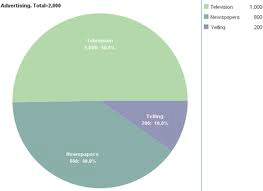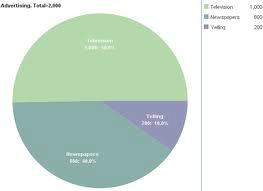Magura Cave, Municipality Belogradchik
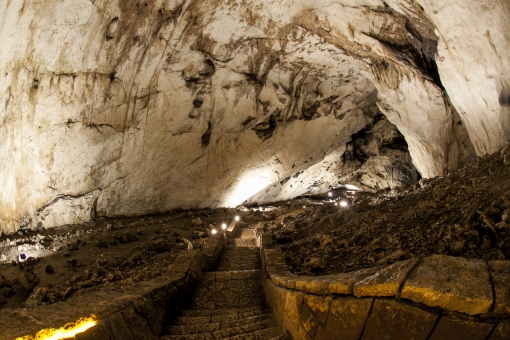
Magura is located in northwestern Bulgaria on about 180 km from Sofia. It is on 17 km from the town of Belogradchik, on 1.5 km from the village Rabisha, and on 35 km southwest of Vidin. Cut into the limestone Rabisha hill (461 meters above sea level). It is one of the biggest caves in Bulgaria - total length of the existing galleries is about 2500 meters. It consists of a main gallery, pointing southeast - northwest and three side branches. The galleries are enormous in size - length over 200 meters, a width of more than 50 meters and a height of over 20 m.
The cave is developed for visitors and it is declared a tourist attraction in 1960 with an area of 83 hectares and location Ribasha village, municipality of Belogradchik, Vidin region. Cave is electrified. Its underground labyrinths have a length of about 2.5 km with spectacular halls, stalactites and stalagmites and rare cave formations. In addition to its beauty and impressive size, it impress with "Big Stalactone" - height over 20 meters and diameter in the base of 4 meters, and " Fallen Pine" is the largest stalagmite in the studied Bulgarian caves with length over 11 m and diameter at the base of 6 m.
Pearls of the cave are the unique rock paintings filled with bat guano (droppings). They are multi-layered and from different eras - Epipaleolith, Eneolith, the beginning of the Bronze Age. The drawings in the cave "Magura" represent dancing women, dancing and hunting men, disguised men, large variety of animals, "staggered" boards, suns, stars, tools, and plants. Solar calendar from the Late Eneolithic and supplements in Early Bronze Age is with quite accurate records. Through these pictures was preserved the information about regional calendar with events and feasts along with their symbols and specific characters.
The images have analogies with famous cultural centers in Italy, the Iberian Peninsula and Asia. Undoubtedly they belong to the Mediterranean environment of prehistoric art. Some of the images are very complex compositions and hint at the diversity of ideas in a rich forms and ideologies, mythologies and intelligence world. The drawings in the "Magura" determine the nature and of a temple for a long period of time - from the Neolithic to the Iron Age.


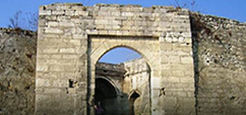
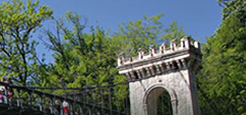


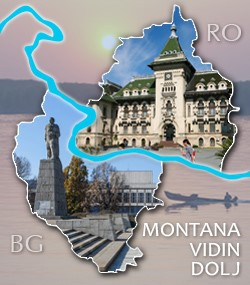


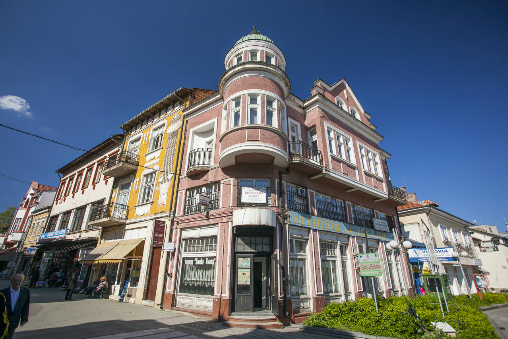

 Google Play
Google Play App Store
App Store 